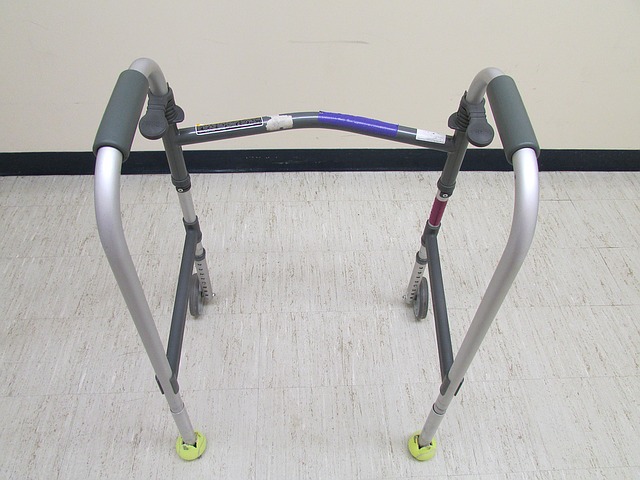
Much has been written about how higher minimum wages and expanded overtime eligibility will harm nonprofit organizations. As NPQ has reported, organizations see themselves torn between their commitment to their employees’ welfare and their struggle to secure the additional funding needed to meet higher personnel costs. The challenge appears to be even more complex; increasing the minimum wage can profoundly change the very nature of the labor market, making it even more difficult to cope. Home health care workers and the organizations that employ them are a case to be studied.
As wages for all jobs grow, some jobs become less desirable. Like many cities and states, New York is on a path that will see its minimum hourly wage reach $15 by 2021. As the minimum wage increases, difficult jobs, like those of home health care workers, become more difficult to fill as the labor market presents current and future employees with new options. According to the New York Times, the higher minimum wage has already pushed “notoriously poorly paid health aides into other jobs in retail or fast food that don’t involve hours of training and the pressure of keeping someone else alive.” Eleven-dollar-an-hour jobs in healthcare that competed well with those paying the federal minimum wage now have much more competition. Bruce Darling, executive director at the Center for Disability Rights, described the challenge his sector faces: “These should not be low-wage jobs. We’re paying someone who gives you a burger the same as the person who operates your relative’s ventilator or feeding tubes.”
Gail Fisher, president of New Hampshire’s Indian Stream Health Center (ISHC), described her agency’s strategy of coping with her agency’s employment challenges to the NH Union Leader: “What we’re basically saying is that we want to be an employer of choice.” They have set their pay rates at a level that puts them ahead of the local minimum wage level, one which allows their staff a better standard of living and a greater sense of economic security, in order to make their setting desirable. ISHC CEO Jonathan Brown said the wage standard will help the health center prepare for their future in a competitive labor market. “We’re in a healthcare environment, where, if I look out for the next five, 10, 15, 20 years, there’s a physician shortage, a nursing shortage, so recruitment is tough now and it’s extra tough in Colebrook, N.H., and it may be darn near impossible in 2020.”
In a perfect marketplace, a labor shortage would drive salaries high enough to attract the needed number of employees and prices would increase to cover the new costs. But most service organizations do not operate in a perfect market environment. Services are matters of life and death, and payment relies heavily on government and philanthropic funding.
Sign up for our free newsletters
Subscribe to NPQ's newsletters to have our top stories delivered directly to your inbox.
By signing up, you agree to our privacy policy and terms of use, and to receive messages from NPQ and our partners.
With the Trump administration’s strong desire to turn responsibility and funding back to the 50 state governments, the question before many nonprofits is how their state will respond. Will 49 other governors follow the lead of New York’s Democratic governor, Andrew Cuomo?
Democratic Gov. Andrew Cuomo has committed nearly $6 billion in funding for home health care reimbursements in coming years as the agencies transition to the $15 minimum wage. The state’s health department has said it is developing an initiative to attract, recruit and retain home health workers.
In states like Kansas and Illinois, with their already broken state budgets and many underfunded services, such intervention seems unlikely. There are few examples of foundations and other donors stepping forward to help nonprofits they support adjust to these labor pressures with increased funding.
If this is a problem today, then in many cases, demographic forces will only make the future worse. As a wave of baby boomers swells the ranks of the elderly, healthcare will become much more challenging; it’s estimated that more than 600,000 additional home care workers will be needed nationally. If funding is not increased, their care will depend on individuals who see their work as a “calling” and are willing to do difficult, demanding, but very meaningful work for barely a living wage.
Those who work for nonprofits do value their work beyond a paycheck. But building a network of critical services by taking advantage of this dedication to the extent of just providing a subsidence standard of living is very troubling. Is this how we want to ensure the health and safety of the most vulnerable?—Martin Levine













